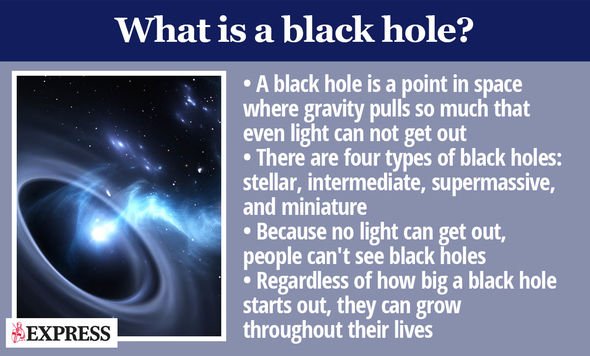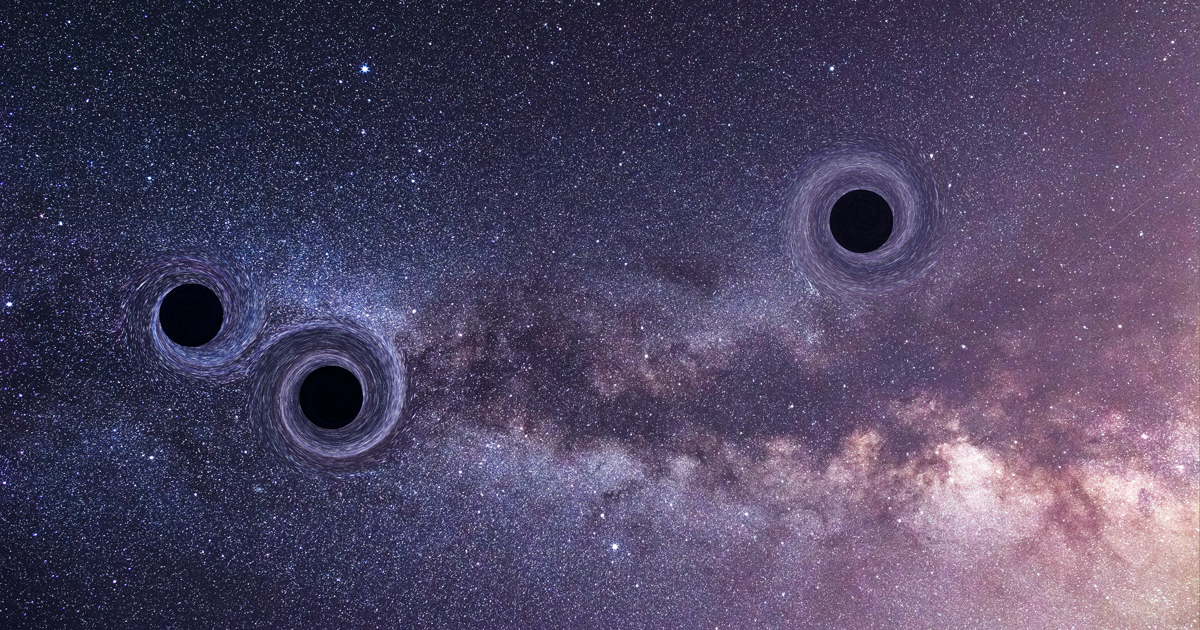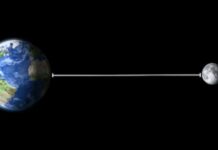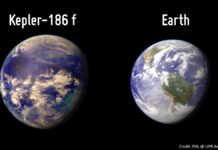Black holes are thought to be the most powerful and mysterious objects in the universe, formed from the remnants of collapsed stars.
Scientists believe that most galaxies host a supermassive black hole at their center and that when galaxies merge, two different black holes collide, unleashing incomprehensible energy.
This week scientists announced that for the very first time they will observe a collision between three supermassive black holes in deep space—and they’re not quite sure what will happen.
This rare black hole triumvirate was discovered with the help of nearly half a dozen teams and tools, including the Sloan Digital Sky Survey (SDSS) telescope, the citizen-science project Galaxy Zoo, NASA’s Wide-field Infrared Survey Explorer (WISE), NASA’S Chandra X-ray Observatory (CXO), Large Binocular Telescope (LBT), and NASA’s Nuclear Spectroscopic Telescope Array (NuSTAR), whose handlers joined forces to discover an unusual system of three galaxies merging a billion light-years from Earth.
The discovery required studying infrared, X-ray, and gravitation data and was buoyed by the watershed detection of gravitational waves by physicists using the Laser Interferometer Gravitational Wave Observatory (LIGO) back in 2016. Einstein had famously predicted the existence of gravitational waves exactly one hundred years earlier in his general theory of relativity.
“Optical spectra contain a wealth of information about a galaxy,” said Christina Manzano-King, researcher and co-author of a new paper on the discovery. “They are commonly used to identify actively accreting supermassive black holes and can reflect the impact they have on the galaxies they inhabit.”
In Einstein’s prediction, he imagined colliding black holes would be spinning at a significant fraction of the speed of light. After spiraling toward each other, they either merge or, due to powerful gravitational waves, one gets “slingshot” away from the other into intergalactic space at speeds approaching 685,000 mph (1.1 million km/h).
Like an evil superhero sucking the life force of its challenger, the black hole that remains absorbs an incomprehensible amount of new energy, which swells in its accretion disk and becomes an inflamed wraith of gas and dust that radiates for thousands of years.
So what happens when three supermassive black holes merge? Well, scientists are pretty curious about that themselves. The prevailing theory is that the gravitational influence of the third black hole will bolster and expedite the merger of the two other black holes, solving a theoretical problem known as the “final parsec problem.”
“Dual and triple black holes are exceedingly rare,” said the paper’s co-author Shobita Satyapal, “but such systems are actually a natural consequence of galaxy mergers, which we think is how galaxies grow and evolve.”
The video below offers a simulation of this epic trumvirate of black holes colliding:






